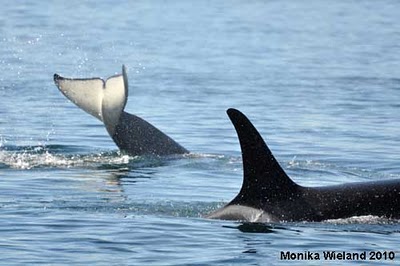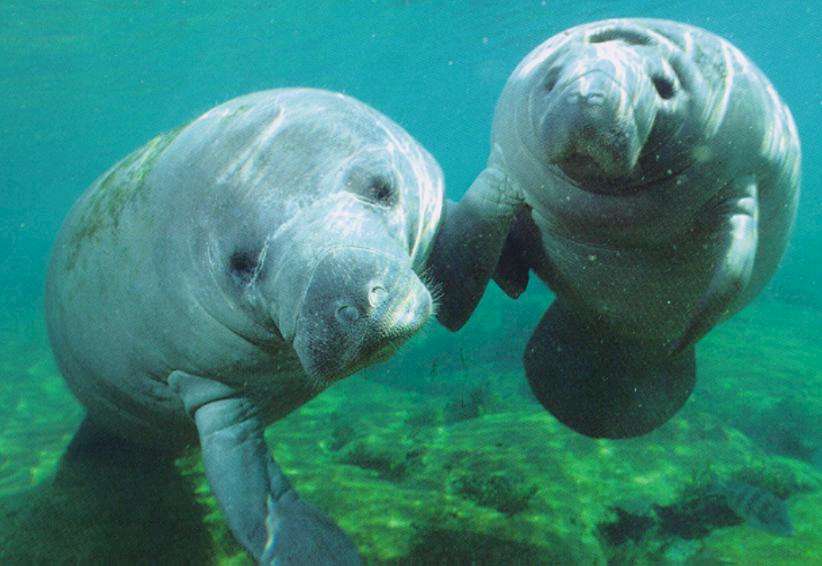An animal lives to eat and breed. In order to do this, some animals that call the ocean habitat ‘home’ have to travel great distances to find food or reach a particular breeding ground. Here is a breakdown of some of the most impressive migrations in and around the sea.
Perhaps the longest migration of any mammal on Earth,  the gray whales travel 12,000 miles round trip. They spend the summer months in the Bering Sea area between Alaska and Russia. Eventually they make their way to the west coast of Canada and the United States and finally end up in the quiet lagoons of Baja California during the winter months. In the spring they make their way back to the Bering Sea. Also, notable is the migration of the humpback whales. They can travel up to 5,000 miles.
the gray whales travel 12,000 miles round trip. They spend the summer months in the Bering Sea area between Alaska and Russia. Eventually they make their way to the west coast of Canada and the United States and finally end up in the quiet lagoons of Baja California during the winter months. In the spring they make their way back to the Bering Sea. Also, notable is the migration of the humpback whales. They can travel up to 5,000 miles.
Arctic terns fly over 25,000 miles to the Southern Ocean. Sooty shearwaters travel 64,000 miles over the Pacific Ocean in figure eight patterns.
Leatherback sea turtles travel over 3,000 miles to get to their nesting beaches.
Here is a video from PBS’ Jean-Michel Cousteau Ocean Adventure that gives a nice overview of the migration of the gray whale.
Image (c) mistertoast.blogspot.com
Related articles
- Four ways to have a whale of a time (cnn.com)









What people are saying …